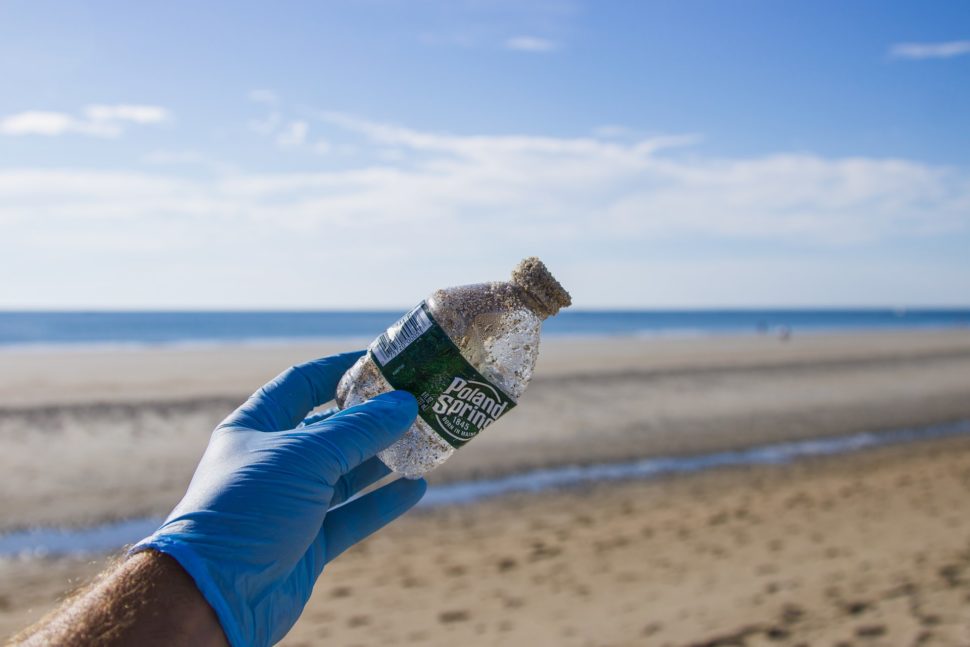Two of Earth‘s most significant problems are plastic bottles and energy storage.
According to several reports, plastic pollution is harming millions of marine animals, including oxygen-producing bacteria. Similarly, energy storage has always been a challenge for renewable energy research.
Expectedly, scientists have been exploring ways to address these two issues. Mihri and Cengiz Ozkan of UC Riverside are examples of such researchers.
For years, Mihri and Cengiz Ozkan have worked with their students to create improved energy storage materials from sustainable sources. These include glass bottles, Silly Putty, and beach sand.
The hard work may have finally paid off.
Mihri and Cengiz Ozkan have developed a simple process that could transform PET plastic into nanomaterials for energy storage. Besides reducing plastic pollution, the study can also hasten the transition to 100 percent clean energy.
In a statement about the project, professor of electrical engineering in UCR, Mihri Ozkan said:
“Using waste from landfill and upcycling plastic bottles could lower the total cost of batteries while making the battery production sustainable on top of eliminating plastic pollution worldwide.”
The researchers described the process in their published paper in the journal Energy Storage.
Converting Plastic Bottles into a Supercapacitor Material
The process begins with dissolving pieces of plastic bottles made from polyethylene terephthalate (PET) in a solvent. Then, they turned the mixture into microscopic fibers using a technique known as electrospinning.
After converting the fibers into carbon in a furnace, the researchers mixed the material with a binder and conductive agent. Finally, the team incorporated the material into a double-layer capacitor in a coin-cell-like shape.
In a test, the scientists noted that the new electrode material functioned as a capable component of a supercapacitor.
Cengiz Ozkan noted:
“This demonstration of a new class of electrodes in the making of supercapacitors will be followed by a new generation of Li-ion batteries in the future, so stay tuned.”
Although supercapacitors don’t have as much energy storage as lithium batteries, they charge significantly faster. So, they can allow for electric vehicles, phones, and laptops that charge in minutes rather than hours.
Mihri and Cengiz Ozkan believe that the approach can be adapted to improve the performance of the current lithium batteries.



















Comments (0)
Most Recent